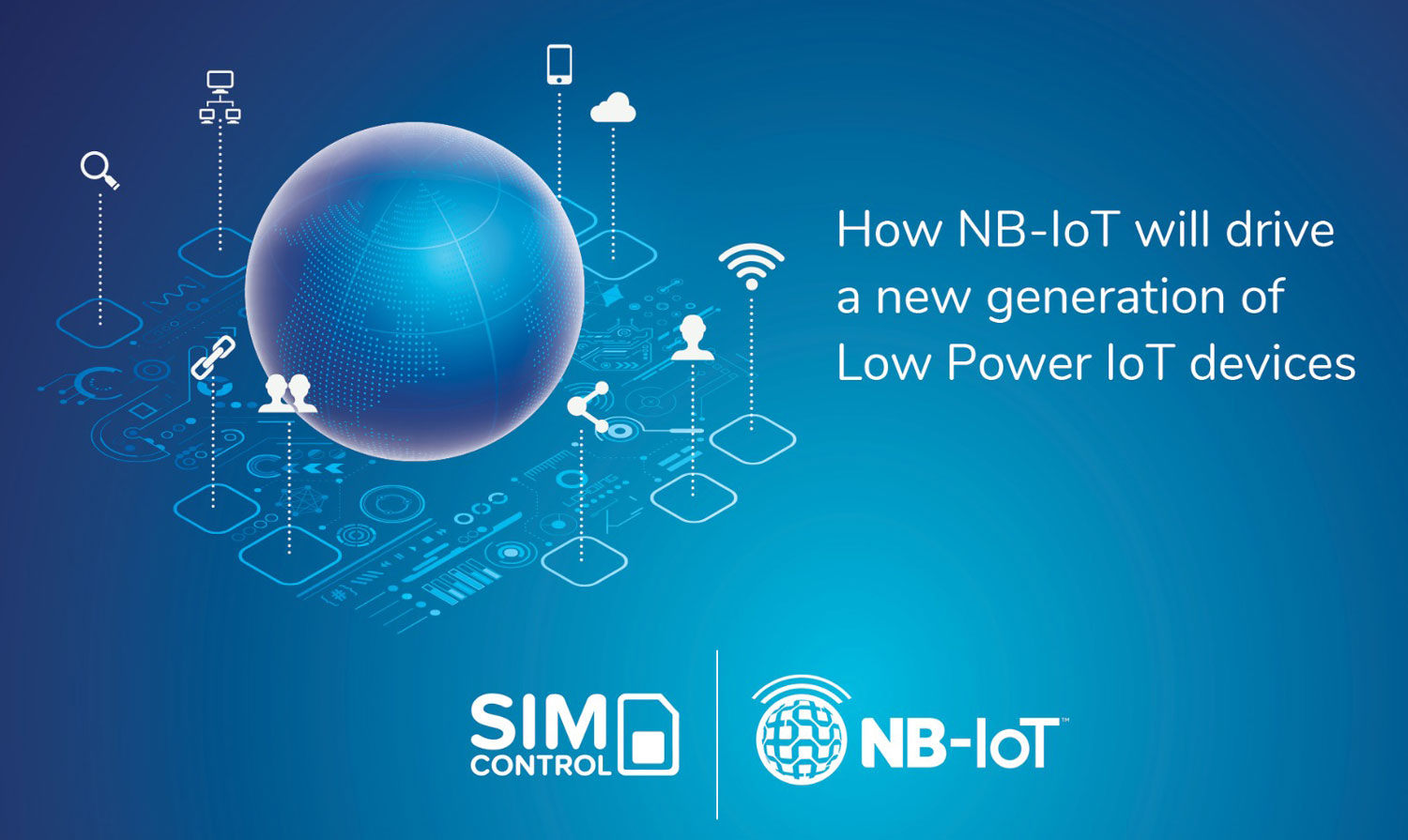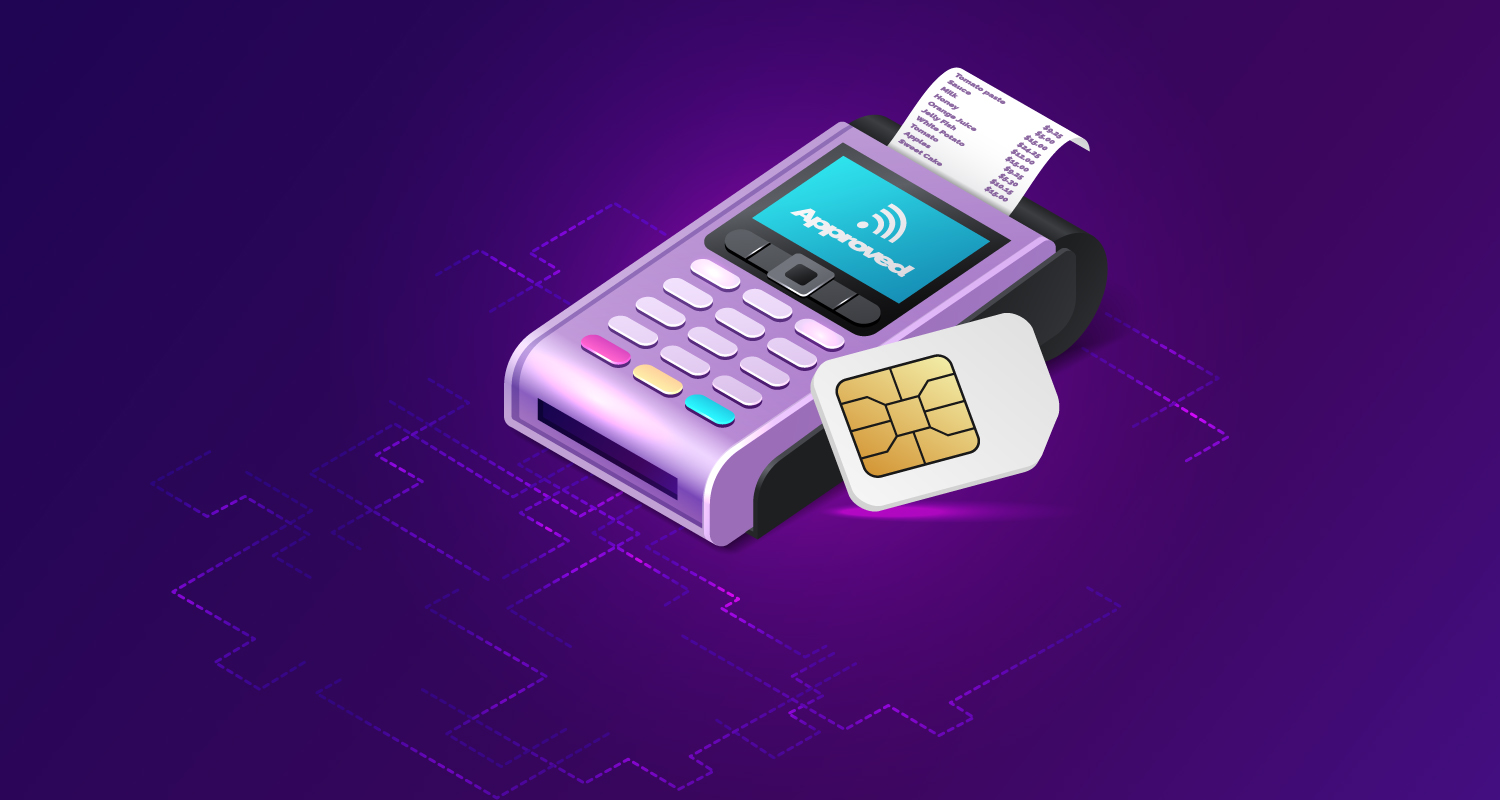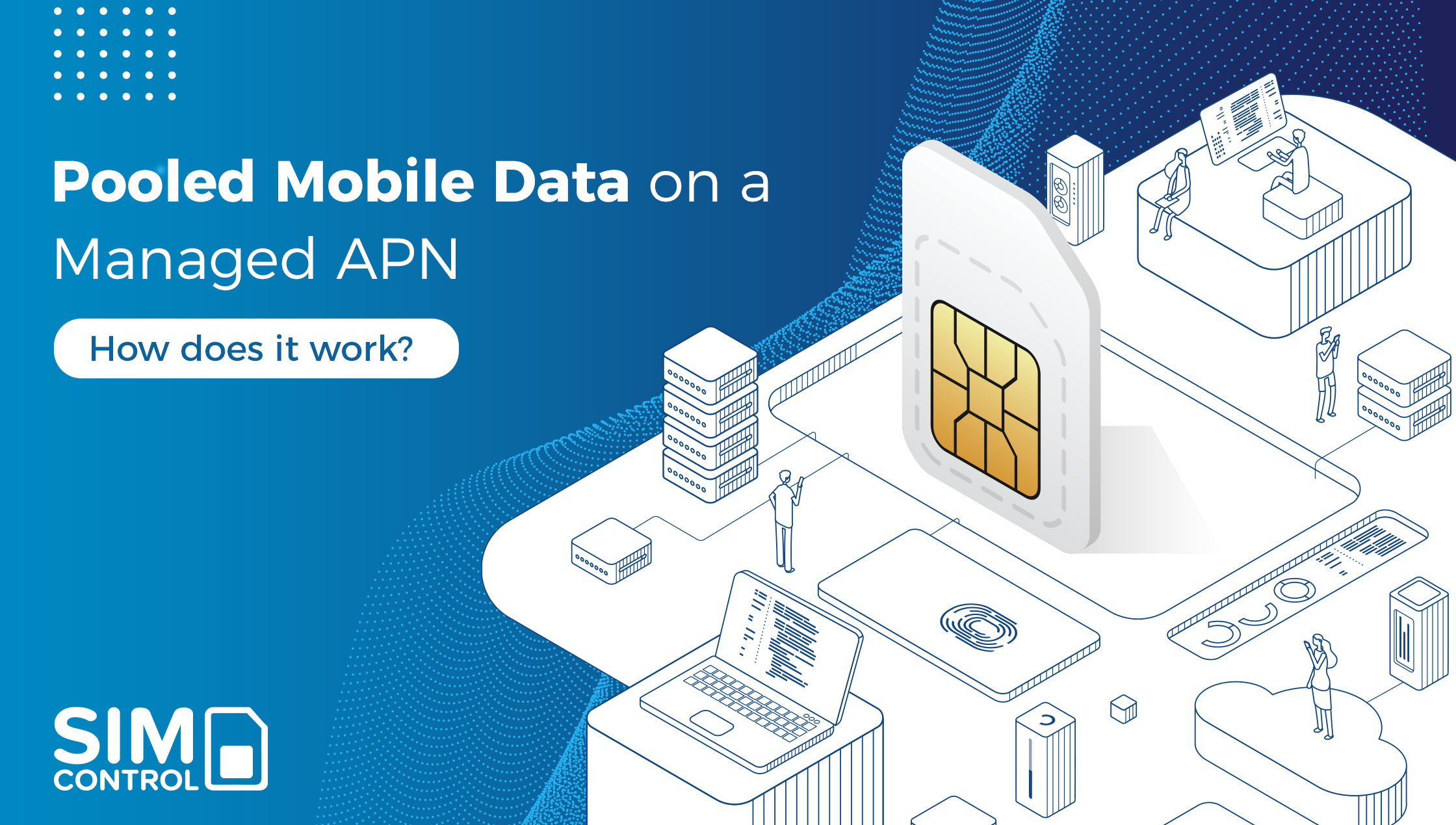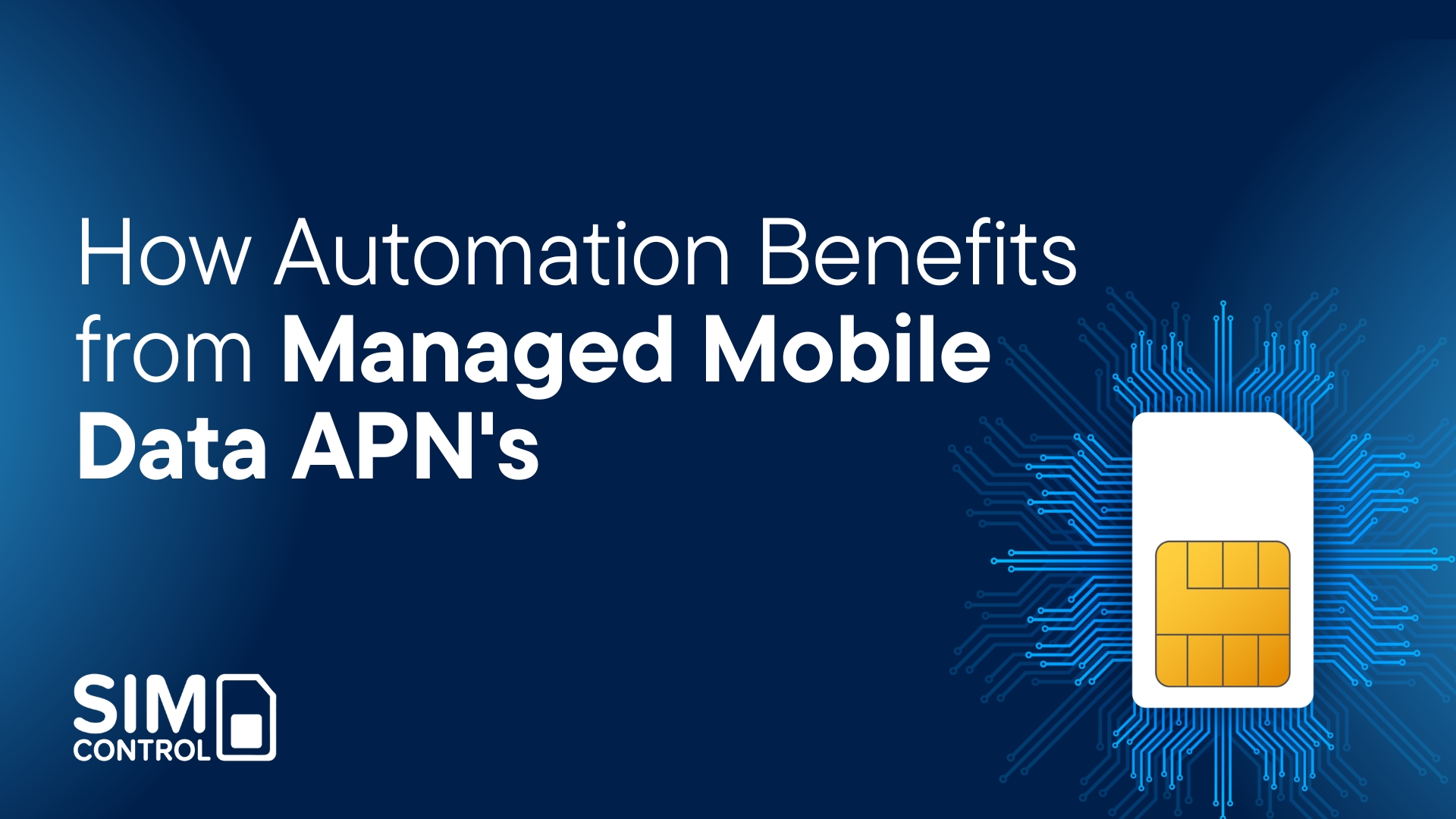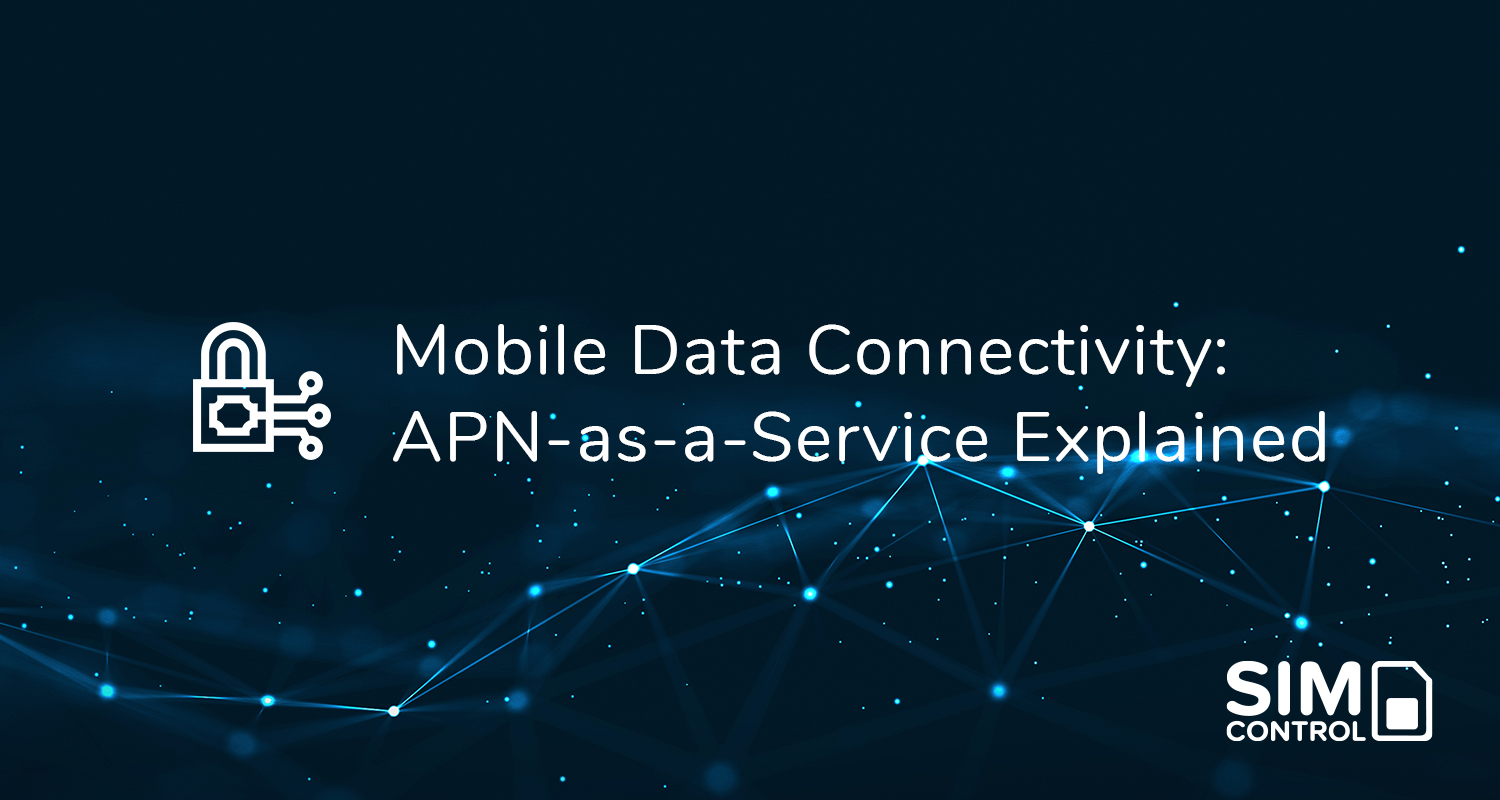This informative article was originally published in Techcentral.
Narrowband IoT is a wireless communication standard used for the Internet of Things. In 2015, leading cellular carriers developed a new low-power WAN technology standard through the 3GPP (Third Generation Partnership Project).
The goal of the project was to find a way for low-power devices to connect using the existing cellular infrastructure. This technology is suitable for devices with low-data, low bandwidth and long battery life requirements.
NB-IoT is now becoming an integral part of IoT initiatives and is used in applications such as smart streetlights, parking sensors, and water and gas metering. Its applications include agriculture, consumer goods, construction and many more. It is supported by financially secure cellular networks, ensuring longevity.
Contact SIMcontrol to assist with the latest NB-IoT connectivity options
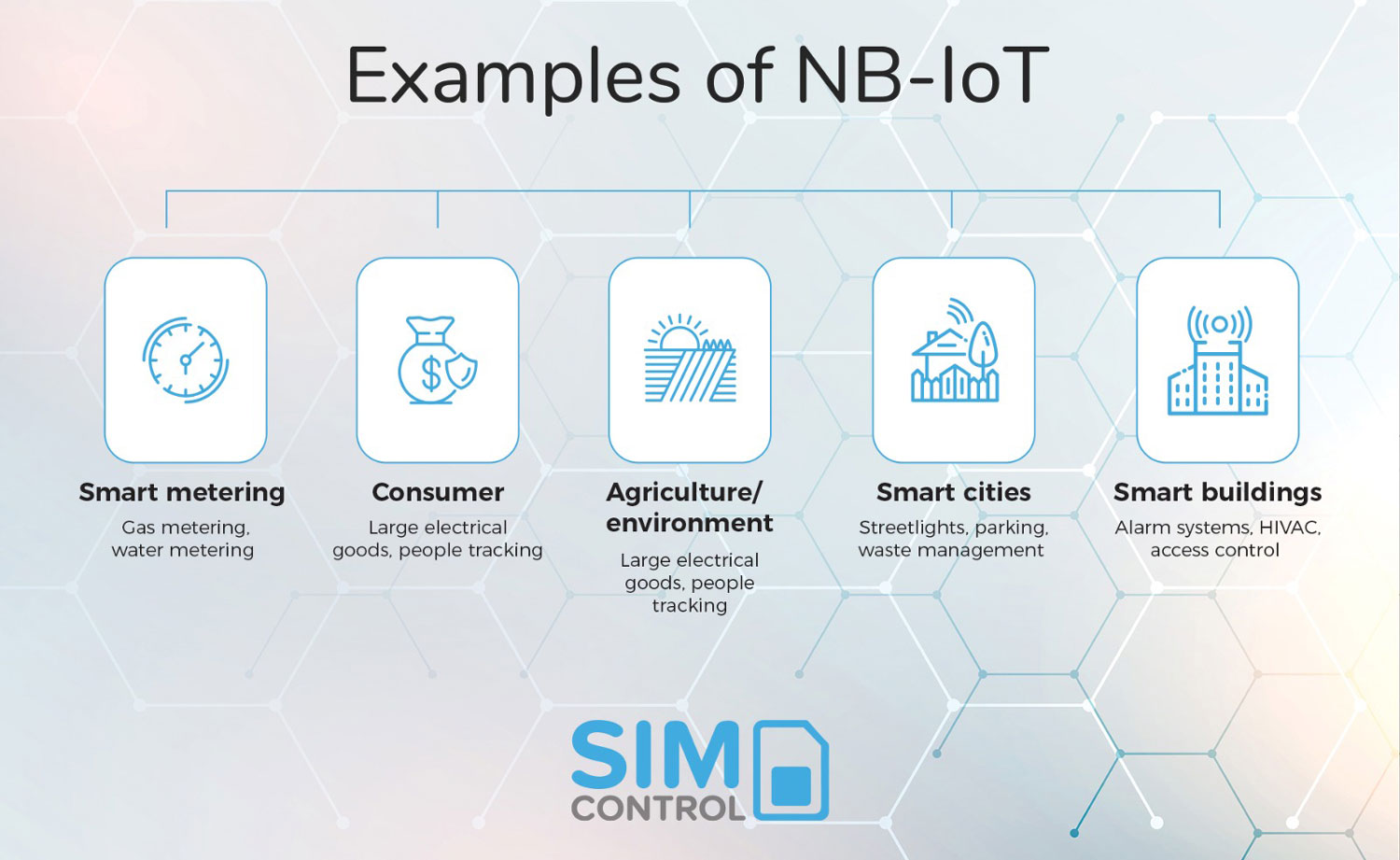
2G and 3G sunsets
As new technologies and spectrum bands are enabled, older services such as 2G and 3G will be phased out over time. Future-proofing hardware modem modules, such as those that combine 2G with LTE, becomes crucial for ensuring full functionality during this transition. This process is essential, particularly since many critical and emergency services still rely on 2G and 3G networks.
However, these networks won't be decommissioned overnight. Instead, spectrum will gradually be "re-farmed" to enhance the capabilities of 4G, 5G, and NB-IoT services. According to the latest plans from the Department of Communications and Digital Technologies (DCDT), the phase-out is set to begin in June 2025 and conclude by the end of 2027. This revised timeline provides mobile operators more time to prepare for the transition, which also includes spectrum auctions projected for 2024.
Commencement for the shutdown of 2G and 3G services: 1 June 2025\ Total shutdown of 2G and 3G services: 31 December 2027
It is anticipated that the phase-out will start in rural areas and smaller towns before extending to urban areas. Additionally, it is expected that 2G services will continue to operate in areas where NB-IoT and LTE are not yet available, ensuring no loss of service where newer network technologies have not been implemented.
What is the range of NB-IoT?
NB-IoT enables the deployment of low-complexity devices in massive numbers (approximately 50 000 connections per cell). The cell’s range can go from 40km to 100km. This allows industries like utilities, asset management, logistics and fleet management to connect sensors, trackers and metering devices at a low cost while covering an extensive area.
NB-IoT provides a deeper coverage (164dB) than most LPWAN technologies and 20dB more than conventional GSM/GPRS.
What problems does NB-IoT solve?
This technology is designed to meet the demand for extended coverage with low power use. Devices can be powered for very long periods on a single battery. NB-IoT can be deployed using the existing and reliable cellular infrastructure.
NB-IoT also has the security features present in LTE cellular networks, such as signal protection, secure authentication and data encryption. Used in conjunction with a Managed APN, it makes device connectivity management simple and secure.
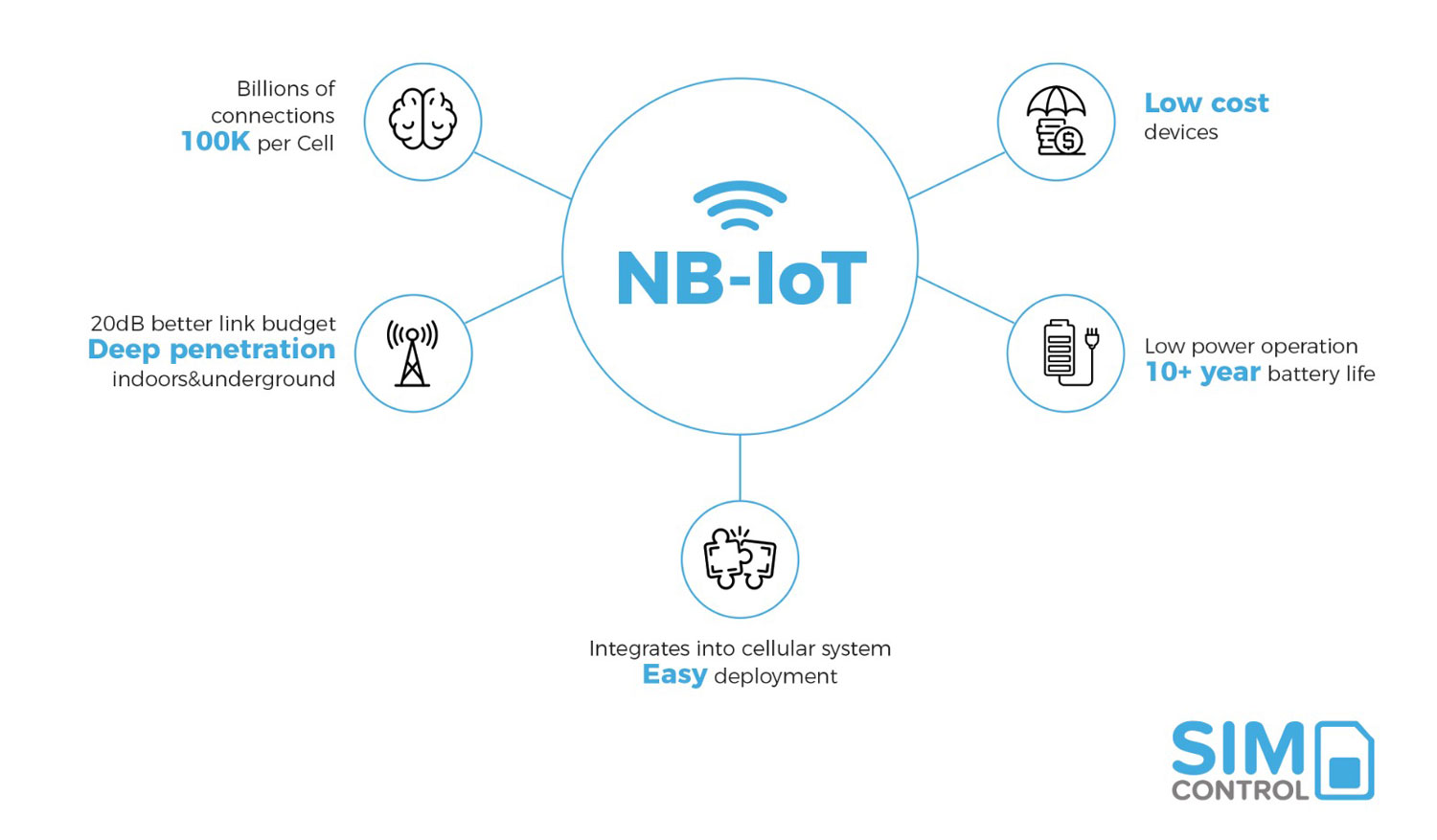
NB-IoT in South Africa
NB-IoT started rolling out on the Vodacom network in South Africa in 2020 in a test phase. It has now been deployed by Vodacom, with coverage claimed to be over 8 000 sites covering at least 80% of the population. MTN is in the testing phase.
SIMcontrol’s NB-IoT solution
To use NB-IoT, you need specially provisioned Sim cards that are managed on a platform catering to large-scale SIM management. The SIMcontrol Managed APN offers NB-IoT-enabled SIMs (both local and roaming options) on a secure and customisable network sharing a pooled data bundle. SIMcontrol supports NB-IoT as part of our goal to make IoT connectivity more flexible, simpler and more cost-effective.
This service complements the wide range of SIMcontrol services, such as Business Prepaid, Managed APN and Global Roaming options offered on various mobile networks across Africa.
Contact us to assist with the latest NB-IoT connectivity options.
